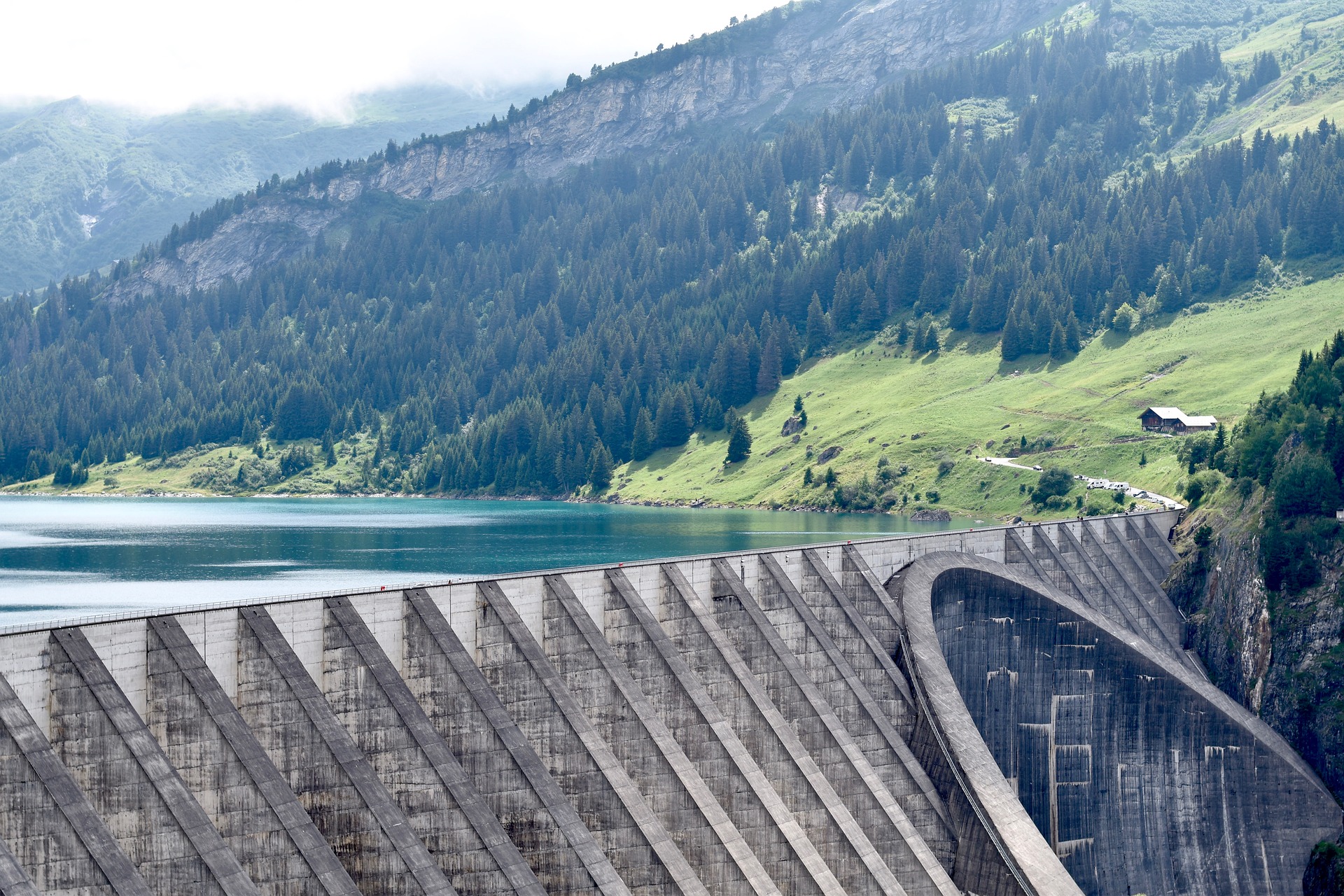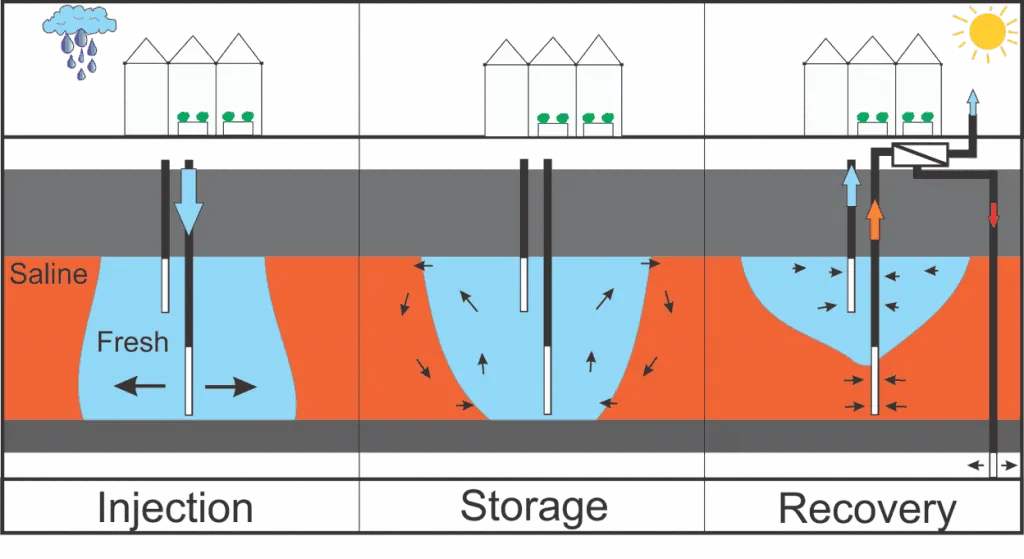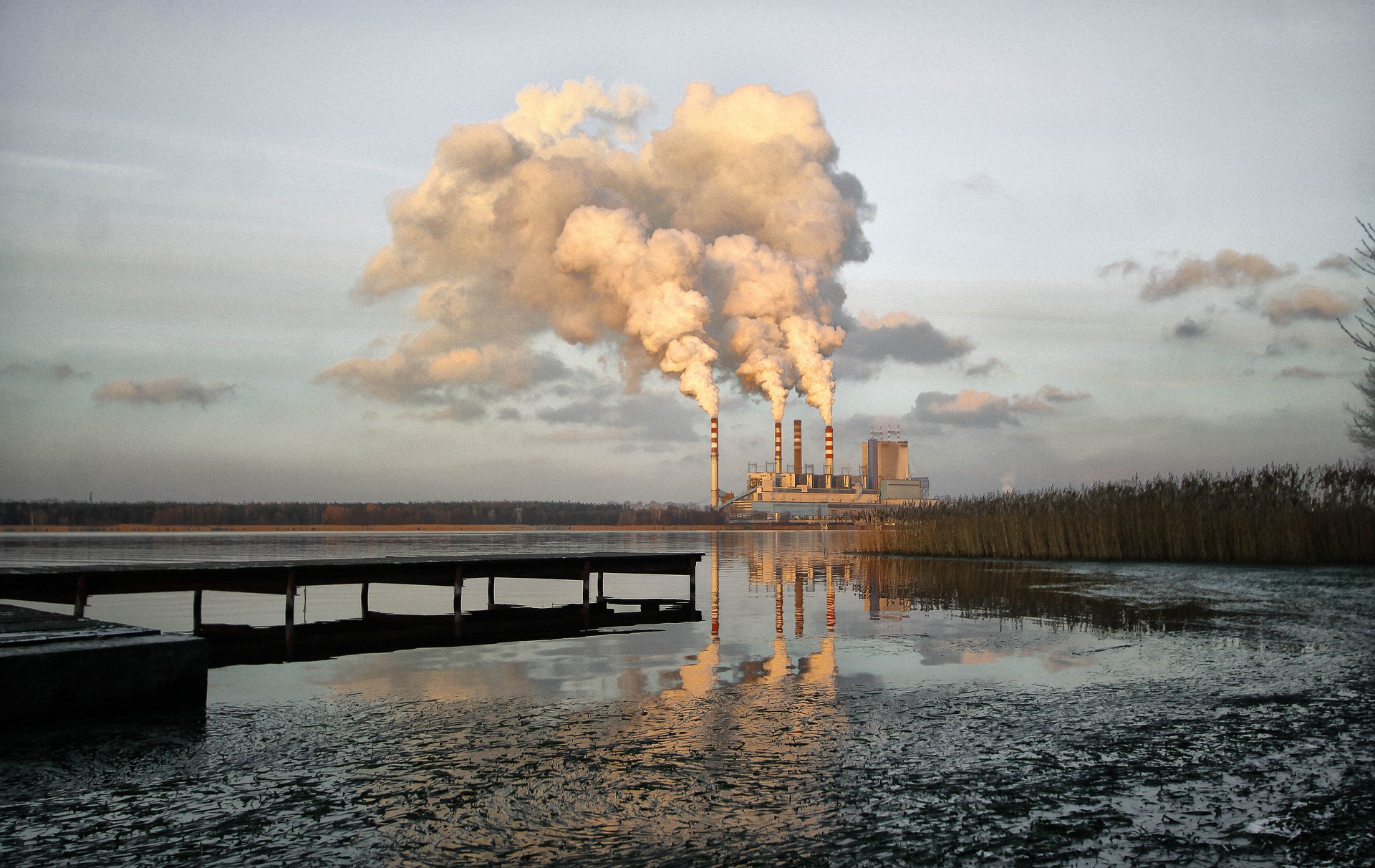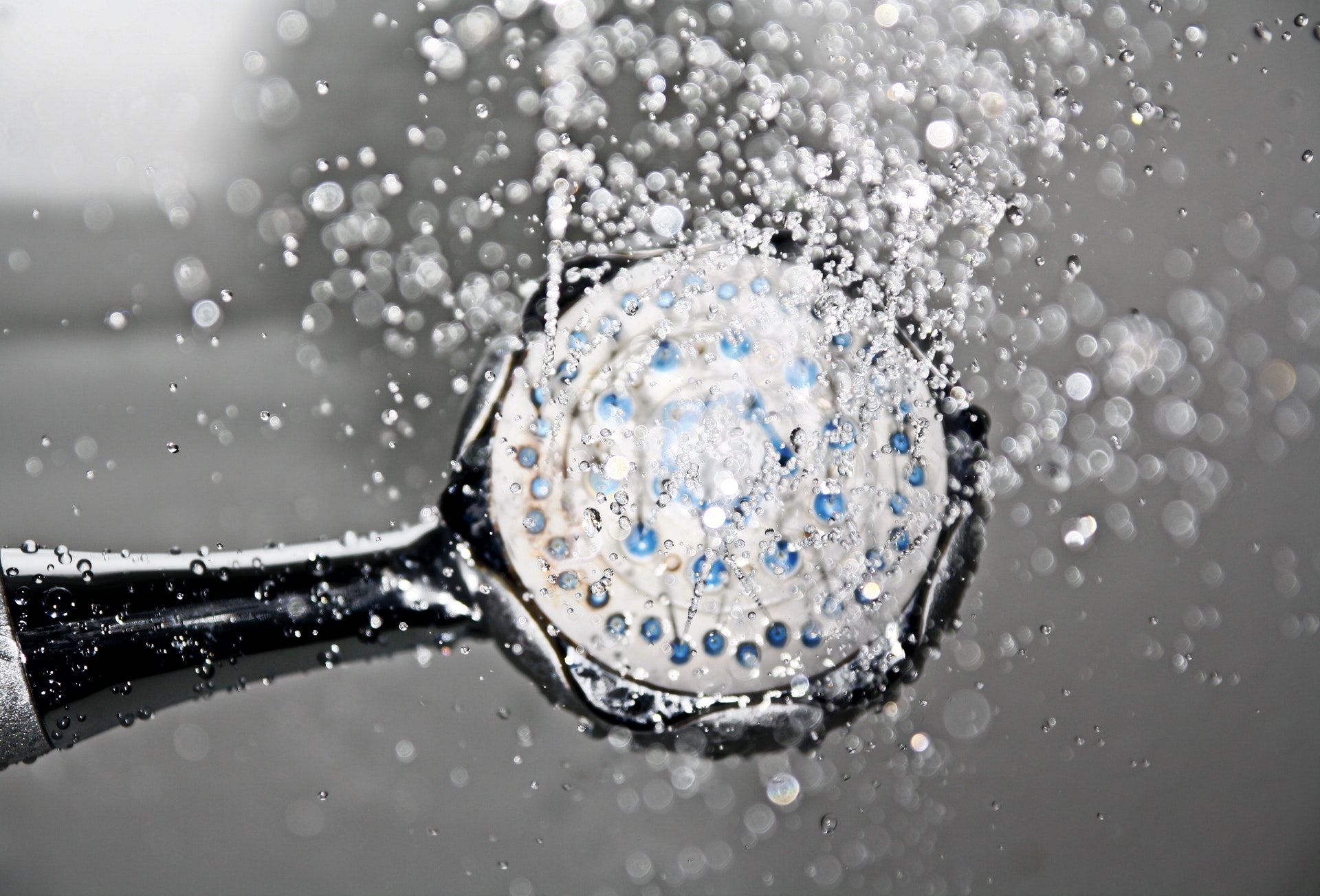9 Viable Water Scarcity Solutions for the 21st Century
Published on by Jeremiah Castelo, Founder at World Water Reserve in Social
Sourced from worldwaterreserve.com
The World Wildlife Fund for Nature (WWF) reports that over 1 billion people lack access to safe and clean water.
Over 2.7 billion people suffer from at least 1 month of water scarcity in a year.
Read our related article: 10 Critical Water Scarcity Facts We Must Not Ignore
These facts can be hard to grasp, especially since only 3% of the water in the world (which accounts for over 70% of the earth’s surface) is freshwater deemed fit for human consumption (Rinkesh, 2016).
However, when we factor in the fact that 2/3 of the freshwater in the world is locked up in frozen glaciers, we can understand how much of a problem water scarcity really is. Perspectively, while over a billion people spend days searching for clean and safe drinking water, some of us with access to plenty of water often take it for granted.
Major factors of water scarcity include pollution and overuse of water, conflicts, travel distance to water sources, drought, and governmental control. With water scarcity comes hunger, diseases and other health complications, poor sanitation, lack of education, and ultimately, poverty.
The good news is that the problem of water scarcity can be solved, but it requires a collective effort with each and every one of us playing our own part to solve this global crisis. Here are some proposed solutions to the water scarcity crisis.
In this article, we'll discuss the most viable water scarcity solutions for the 21st century.
Improved Infrastructure
Water infrastructure is a very important element of water management and control. It includes all the infrastructure used to build, pump, transport, divert, store, treat, and deliver safe drinking water, as well the tools and equipment used to build them. These structures include groundwater wells, dams, storage tanks, surface-water intakes, pipes, drinking-water facilities, and aqueducts. With poor water infrastructure inevitably comes water scarcity. This is why it is important for us to improve the quality of our water infrastructure be it natural or artificial.
Infrastructure also encompasses natural infrastructure which makes use of landscape management techniques such as conservation, restoration, and sustainable management. These techniques provide basic water services such as flood control, aquifer storage and recharge, and providing a clean and abundant supply of water. Improved infrastructure will not only reduce the amount of clean water being wasted but will also help reduce the number of persons constantly searching for clean water on a daily basis (EPA, 2018).
Groundwater Recharge / Aquifer Storage and Recovery
Another solution to the water scarcity crisis is to improve our attempts to recharge our groundwater. Artificial groundwater recharging has been in existence for decades and has proven to be one of the most successful methods of solving water scarcity in many areas. The process of recharge can either be a human-induced process or a natural process as part of the hydrological cycle. Groundwater recharge can be done directly via injection wells or spreading basins or as a result of human activities including waste disposal and irrigation. Reclaimed wastewater and human-induced recharge are gaining grounds in many regions, gradually making it a key component of the hydrological cycle.
Aquifer recovery and storage is another water scarcity solution. Here, recharge is done via surface infiltration into unconfined, shallow aquifers. In recent years, this process has evolved to accommodate direct injection into deeper aquifer systems, including those containing poor quality groundwater, making freshwater storage available in areas where none formerly existed. A major constraint to recharging by injection and infiltration is the clogging of pores from particulates, chemical precipitation, and biofilm formation. This can have adverse effects on the quality of groundwater such as the formation of dissolved sulfides and iron solubilization (EPA, 2017). That notwithstanding, if done and controlled properly, these two methods can greatly reduce the level of water scarcity in some areas stricken by this phenomenon.
Pollution and Contamination Control
Pollution is a major contributor to water scarcity in the world today. Water pollution, which is the dumping of harmful substances into clean water systems, is playing a major part in reducing the amount of water available for consumption. Individuals, as well as industries, keep polluting the water supply with chemicals and other forms of waste. With pollution comes a lot of adverse effects, especially health-related effects and eventually high mortality rates.
Pollution also plays a major role in global warming which is one of the major threats to our planet today. It is true that global warming leads to the melting of our frozen freshwater, but this water seeps into the ocean and causes the ocean levels to rise, leading to floods and other disasters which in turn reduce the amount of water in shortage (Kinhal). Air pollution leads to the contamination of rainwater which is a major source of water to many. It is up to us to reduce the insurmountable level of pollution plaguing our planet.
Water Conservation / Drought Mitigation
Water conservation is another solution to the current water crisis plaguing the globe. As was mentioned earlier, while many spend days searching for water, some of us have it in abundance but waste it, either intentionally or unintentionally. Here are some ways through which we can conserve water:
- Filling a sink basin with water when washing dishes instead of letting the water run
- Using a bucket to catch the water while waiting for the shower to warm up
- Avoid letting the water run when brushing teeth or applying soap on our skins when taking a bath.
- Installing water-saving fixtures and appliances.
- Replacing your high-flowing showerhead with low-flowing ones.
- Use a broom to clean sidewalks instead of water hoses.
- Eliminating leakages in bathtubs, faucets, and toilets.
- Flush your toilets only when necessary.
In the fight against water scarcity, every drop of water counts. As the poem by Julia Abigail Fletcher Carney goes,
"Little drops of water,
Little grains of sand,
Make the mighty ocean
And the pleasant land. "Drought mitigation is yet another technique to curtail the level of water scarcity in the world. Drought is a slow and gradual process which can be mitigated with proper preparation and with the right techniques. Drought mitigation techniques such as soil and water conservation and efficient irrigation can greatly reduce the effects of water scarcity (Three Issues).
[bctt tweet="Little drops of water, Little grains of sand, Make the mighty ocean, And the pleasant land. - Julia Abigail Fletcher Carney #waterscarcity"]
Rainwater Harvesting / Water Catchment
Rainwater harvesting is one of the main sources of water for a lot of people, especially in Africa. This is generally done via the use of a water catchment and collection basin. Water collected using a water catchment can be used to water our vegetable gardens, livestock, perform daily chores, cook, and even for drinking. Water collected directly from the atmosphere can be used for drinking, even without boiling. In many parts of Africa, water catchment and rainwater harvesting have proven to be a very important source of water to many. People build different catchment systems from roofs and gutters. Websites exist which help people with designs and different means of building great water catchment systems for harvesting rainwater.
A major advantage of this method is that it allows for the conservation of safe drinking water while the harvested rainwater is used to take care of daily chores. This method is also useful in areas where the natural landscape acts as a natural water catchment and favors the collection of rainwater. This makes it possible for rainwater to be harvested in large quantities. This harvested water can then be treated and supplied to the population such as in the case of the Greater Sydney area, Australia (Maxwell-Gaines, 2018).
Read our related article: What Percentage of Earth's Water is Drinkable?
Water Credit / Water Equity
Mostly practiced in developing countries, this method of credit entails the provision of loans to households and small enterprises in an effort to increase access to a safe and improved water source as well as sanitation. Most water credit investments are financed by governments and other public-sector organizations, but due to the fact that their current investment levels aren’t enough to reach everyone, private organizations and Micro Credit institutions have come in to complement the effort. Microcredits usually target the poor and less fortunate and help them to gain access to clean and improved water sources, safe water, and sanitation.
In the water sector, three major types of water credit schemes exist. These are water credit schemes aimed at improving household access to water supply, schemes aimed at improving water access to small and medium-sized enterprises, and schemes aimed at upgrading water services in urban and shared facilities. Regardless, the aim of water credit is to help improve access to clean and safe water, and to reduce the number of people suffering from water scarcity by financing household water and connections, toilets, latrines, bathrooms, pit latrines, water purifiers, rainwater harvesting tanks, and other systems (Water.org).
Research and Technology
Recent breakthroughs in research and technology have come up with techniques that have made it possible for water considered unfit for consumption, to be made clean and safe for consumption. Some of the most frequently used techniques include Reverse Osmosis, Electrodialysis Reversal (EDR), Desalinization, Nanofiltration, and Solar and UV Filtration.
- Reverse osmosis uses semi-permeable membranes to remove molecules, ions and other larger particles from water, making it consumable. This method can be used to remove all types of suspended or dissolved species from water, including bacteria, thereby purifying water and making it potable. It has also been adapted and used in making household filters and other filtration devices.
- Unlike Reverse Osmosis which uses pressure, Electro-Dialysis Reversal (EDR) uses direct current. During the process, ions flow to electrodes of opposite charge through ion selective membranes. The polarity of electrodes used in EDR systems is periodically reversed. This method is used principally used when purifying waters with low total suspending solids (TSS) or high silica (Suez Water Technologies).
- Desalination is a process of water purification used to make salty water pure and clean by separating dissolved salts and other minerals. Desalination can also be used to purify brackish water, water from wells, and other forms of running water such as water from rivers and streams. This process which can be used to produce enough water capable of supporting large coastal populations is continually under evolving and under research to improve efficiency (American Membrane Technology Association).
- Another method of water purification is Nanofiltration which seeks to remove two-valued ions, as well as other mono-valued ions such as heavy metals from water to make it pure and safe for consumption. This method is mainly used for softening water and removing specific heavy metals from water as well as in the reduction of salt contents in slightly brackish water. Because the method uses less fine membranes when compared to other techniques, its fouling rate and feed pressure are usually lower when compared to reverse osmosis systems (Lenntech).
- Solar and UV Filtration is a purification technique that uses a blend of solar energy and solar ultra-violet (UV) light to make water contaminated by biological organisms such as viruses, bacteria, worms, and protozoa, safe to drink (Yeoh, 2017).
Using these techniques can help us fight water scarcity and make sure that more people have access to clean and safe water.
Support Clean Water Initiatives
Another very important solution to water scarcity is supporting and donating to organization and initiatives that seek to provide clean water to those in need. Most of these organizations fund water projects using donations. Donations come from donors all over the world, they act as a middleman between those who do not have access to clean water and those who are willing to help. Some of these organizations include NGOs like Charity Water, Water.org, Lifewater International, WaterLex, Save The Water, World Water Council, and World Water Council.
Read our related article: 12 Clean Water Charities the World is Counting On
Increase Awareness and Education
Another very important and simple solution to the problem of water scarcity is to increase awareness and education on water scarcity and its effects. There are a lot of people who are unaware of the reality of water scarcity as well as its negative effects and the number of people suffering from it. We must educate people on how to conserve water, on how to support water organizations and NGOs, and on the importance of water. Raising awareness and educating people on the reality of water scarcity, its effects and the importance of conserving water is an important step in the fight against water scarcity.
Conclusion
As has been previously mentioned, over a billion people lack access to clean and safe water. And while some of us, especially those in developed countries, are predisposed to clean and safe water, there are a lot of people who spend a whole day searching for water to drink. It is up to us to implement any of the aforementioned viable solutions in order to redress the issue of water scarcity and make the world a better place for many. After all, water is life and by contributing in our own little way to this fight, we are literally adding drops of water into the ocean!
Read original article on worldwaterreserve.com
Taxonomy
- Water Scarcity
- Crisis
- Groundwater
- Solutions
- Desalination









